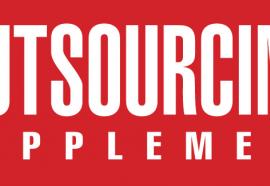21st Century Talent
Building a workforce for today’s utility landscape.
Utilities can attract a new generation of employees by emphasizing the transformation the industry now faces, and the immense opportunity it creates. Matching mature workers’ vast experience with new technologies can provide unique perspectives that knowledge of new technologies alone can’t provide.








